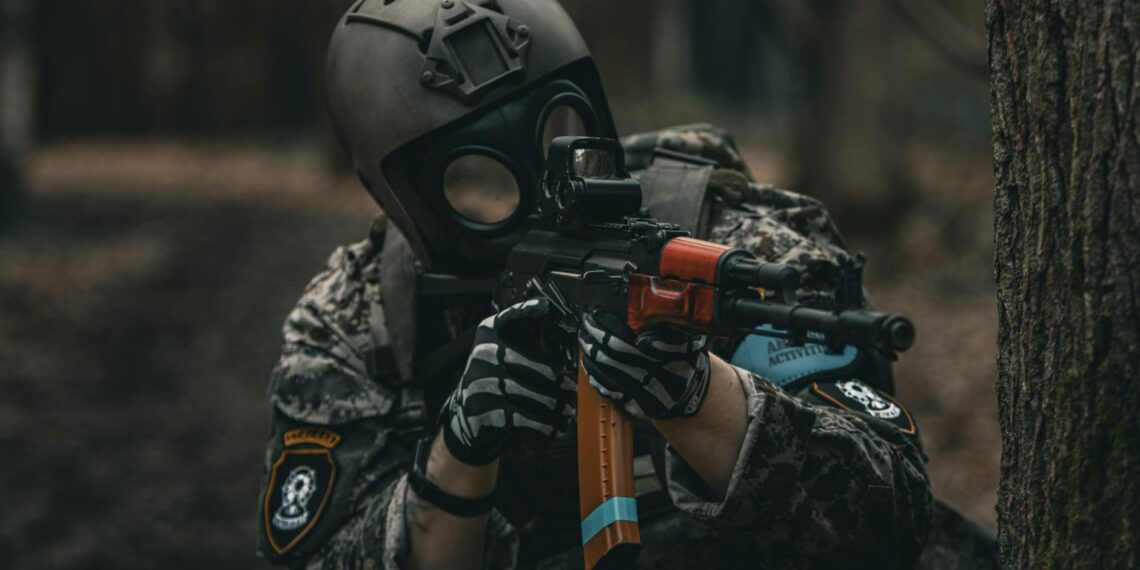Challenge coins are small medallions, often bearing the insignia or emblem of a military unit or organization, that hold significant meaning within the military community. They serve as a tangible symbol of membership, belonging, camaraderie, recognition, and appreciation.
Origins
The precise origin of challenge coins is debated, but their roots likely extend back to ancient Rome, where soldiers received specially marked coins for their bravery and service. The more modern tradition is often traced back to World War I, with a popular story recounting how an American pilot’s squadron medallion saved him from execution after he was shot down and captured behind enemy lines.
Purpose and significance
- Recognition and Appreciation: Military leaders and dignitaries present challenge coins to individuals for outstanding achievements, exemplary service, or to mark significant career milestones like promotions or retirements. The more senior the presenter, the more valued the award is perceived to be.
- Building Camaraderie and Morale: Carrying a challenge coin fosters a strong sense of belonging and unity among service members and within units. They can be seen as an “informal identification card” within the military community, representing shared experiences and values.
- Commemoration: Challenge coins often commemorate specific campaigns, operations, deployments, or historical events. They become treasured keepsakes and symbols of shared moments in service.
- Tradition and Fun: Challenge coins are central to the “coin check” tradition, a lighthearted game that further reinforces camaraderie.
Challenge coin checks (the “challenge”)
In a coin check, one person initiates the challenge (e.g., by slamming their coin on a surface), and everyone in the group must immediately produce their own challenge coin.
- If someone fails to present their coin, they typically owe a round of drinks or a small penalty.
- If everyone produces their coin, the person who issued the challenge is on the hook for the drinks.
Important rules and etiquette of coin checks, according to Syracuse University Department of Public Safety, include:
- You must carry your coin at all times.
- You can be challenged anytime, anywhere.
- Accidentally dropping your coin can be considered a challenge.
- You are responsible for your coin and its safe keeping.
- You should not hand your coin to another person unless you intend to give it to them permanently.
Beyond the military
The tradition of challenge coins has expanded beyond the military, finding adoption in other organizations like police and fire departments, businesses, and even some schools. They serve similar purposes in these contexts: fostering team spirit, recognizing achievements, and commemorating special events.









What does it mean if someone gives you a challenge coin?
I can help with that. Challenge coins are small medallions that represent an achievement, membership, or affiliation to a specific group. In the military and veteran community, they often symbolize a special event or mission, anniversary, meeting with a leader, or affiliation with a unit.
Can a civilian carry a challenge coin?
While they originated in the military, anyone can own or receive a challenge coin. Many organizations use them to recognize outstanding achievements, celebrate milestones, or foster a sense of unity. For example, the Boy Scouts of America award Eagle Scouts with challenge coins to honor their dedication and success.
What does it mean when a military officer gives you a coin?
It signifies that a person belongs to a group and that they’ve earned the respect and the regard of their peers in a very important way. Military coins and firefighter challenge coins are as good as officially welcoming someone to the family.
How do you get a military challenge coin?
Military Challenge Coins are awarded when a mission or goals are met. Some people also reward them for discipline, hard work, or excellence.